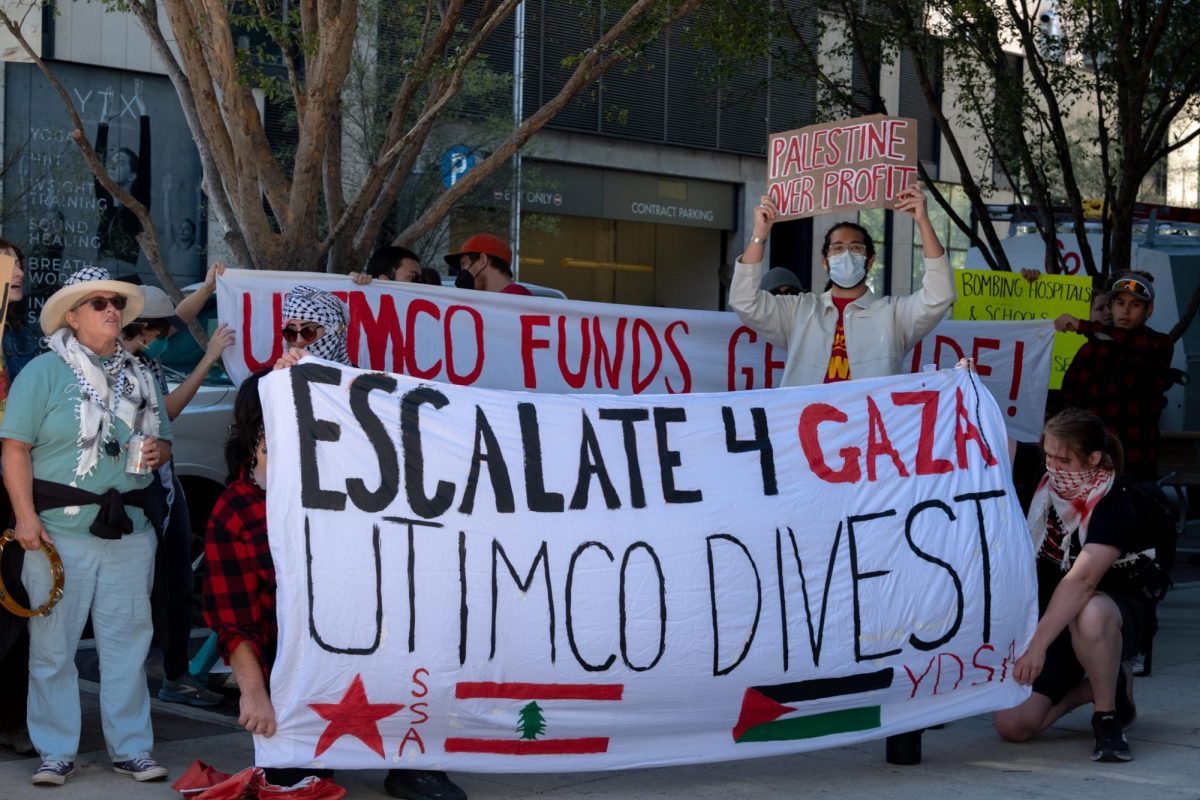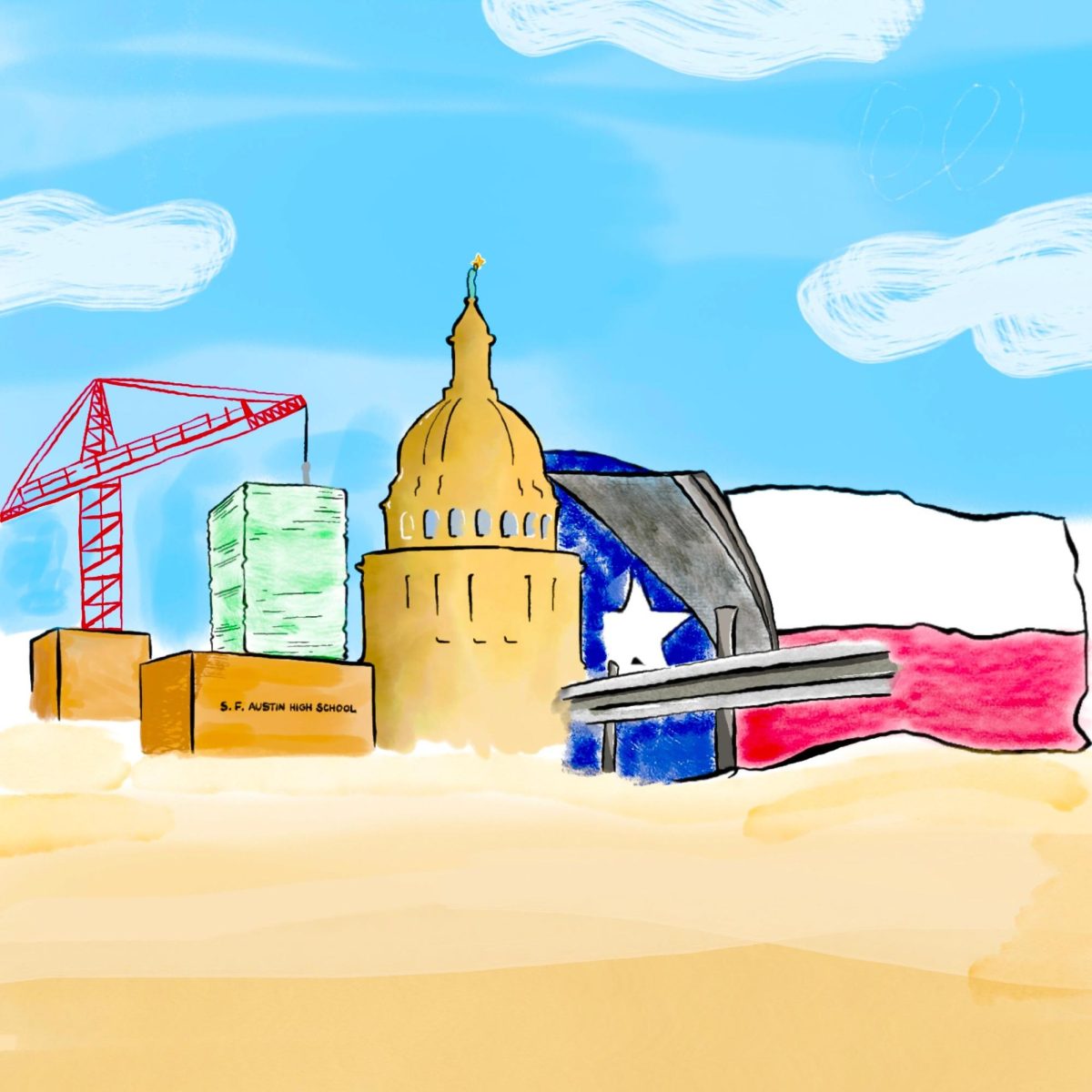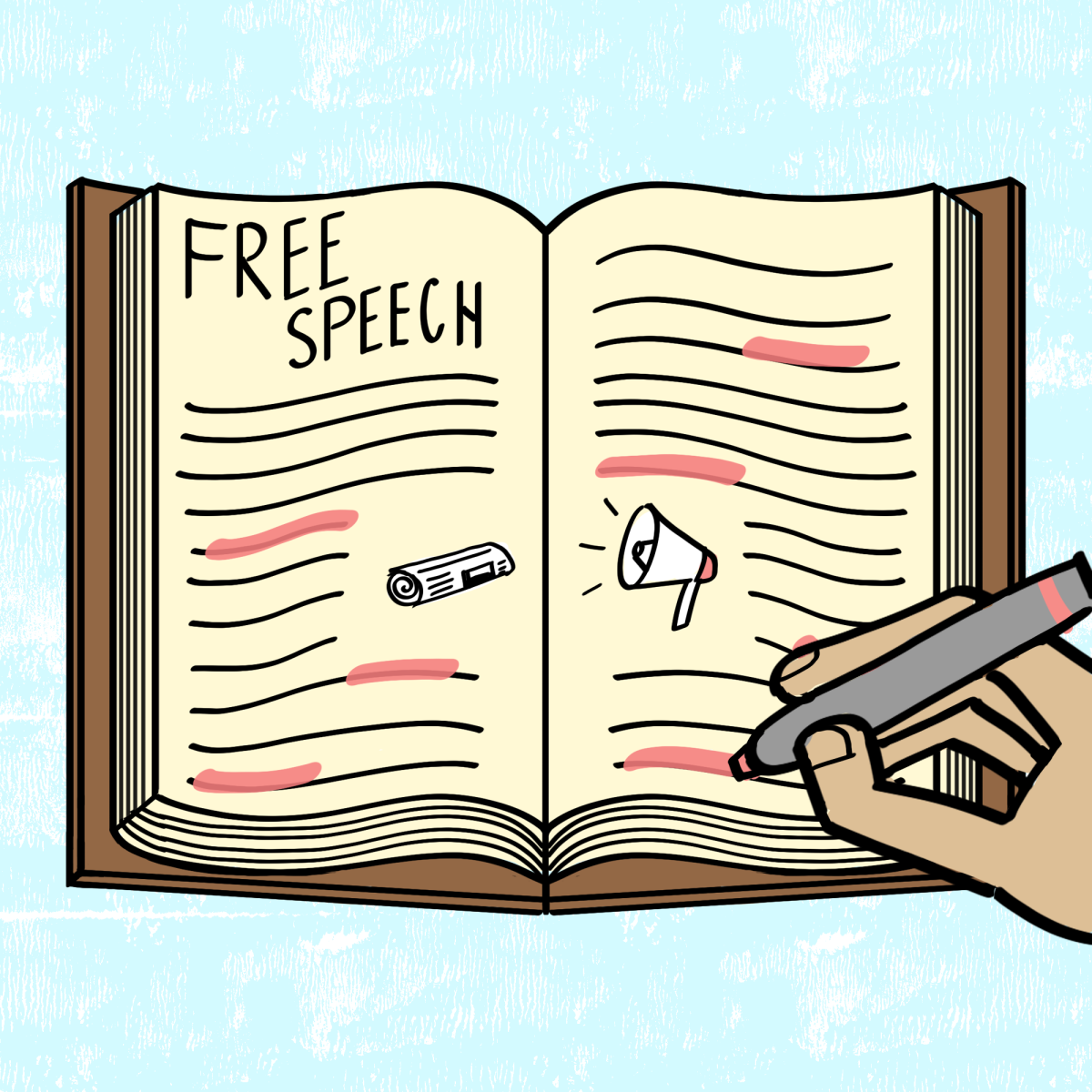People place dollar values on everything from books to houses, but a notable exception is wildlife. Business, government and society lecturer Stephanie Jue combines economics with environmental perspectives to explore research on placing financial value on animals.
“The only way to get the masses to understand it is by saying, ‘Here’s what this animal is worth in dollars, and here’s the economic analysis to prove it to you,’” Jue said.
Jue analyzed research that says polar bears are valued between $27,000 and $13 million.
Jue compared valuing a polar bear to valuing a honey bee. She said valuing a honey bee is different because, unlike polar bears, honey bees directly affect humans. If honey bees become extinct, humans would have to pollinate crops themselves and could therefore figure out how much that would cost.
Environmental law professor Melinda Taylor said placing monetary value on animals will encourage public support of wildlife protection. Taylor said the economic valuation of wildlife is a limited tool, because we cannot put a dollar value on species that do not directly benefit humans.
Different economic perspectives produce different conclusions. The true cost is based on an economic principle consisting of adding together every cost of a product, from the raw material and processing costs to the recycling plant or landfill costs.
“The true cost of anything is its cradle to grave cost — what does it cost in anything, usually in dollars, from the time that it’s created to the time that it has completely gone back to its original components,” Jue said.
An example of true cost research is air pollution. People who live right next to a manufacturing plant probably spend more money on health care than people who don’t live there.
Jue said this specific type of research is less than 20 years old, and people are skeptical about it because it is still in its early stages. She said she thinks it will continue because environmental issues are becoming more publicized.
“It does make [environmental issues] seem a lot more important,” said Natalie Parma, a Plan II and business honors sophomore. “If a polar bear is valued at $13 million, I’m gonna protect the polar bear.”
Printed on Thursday, April 11, 2013 as Animal valued at price to save from extinction

















